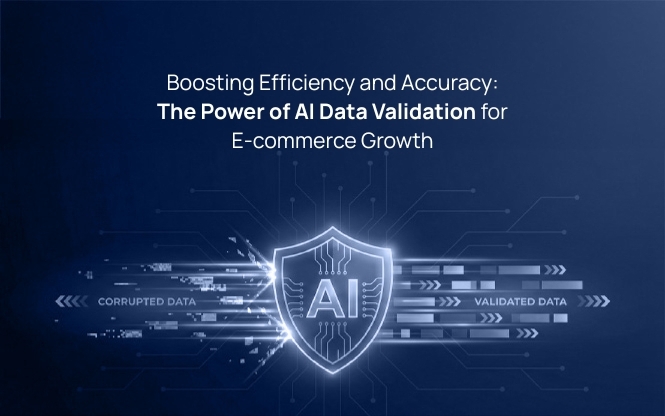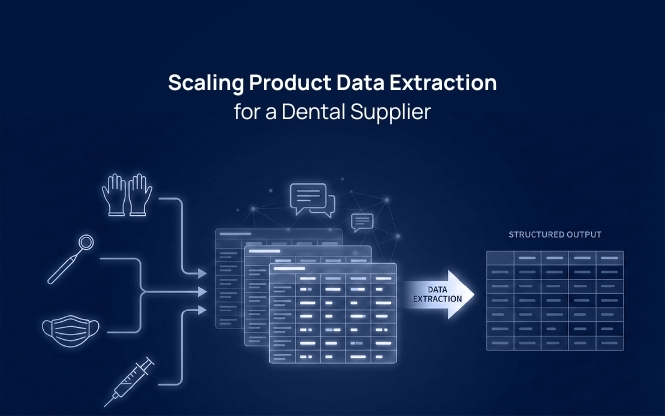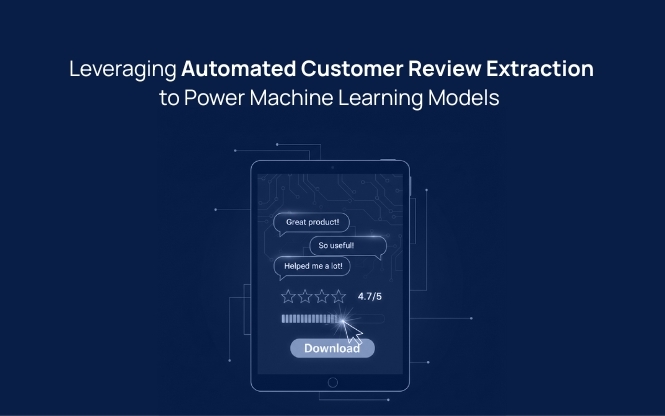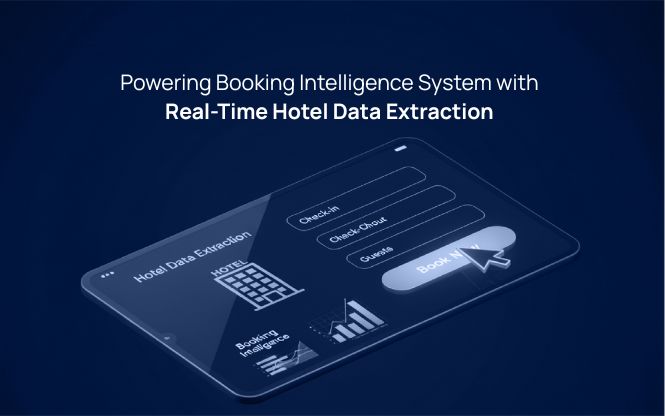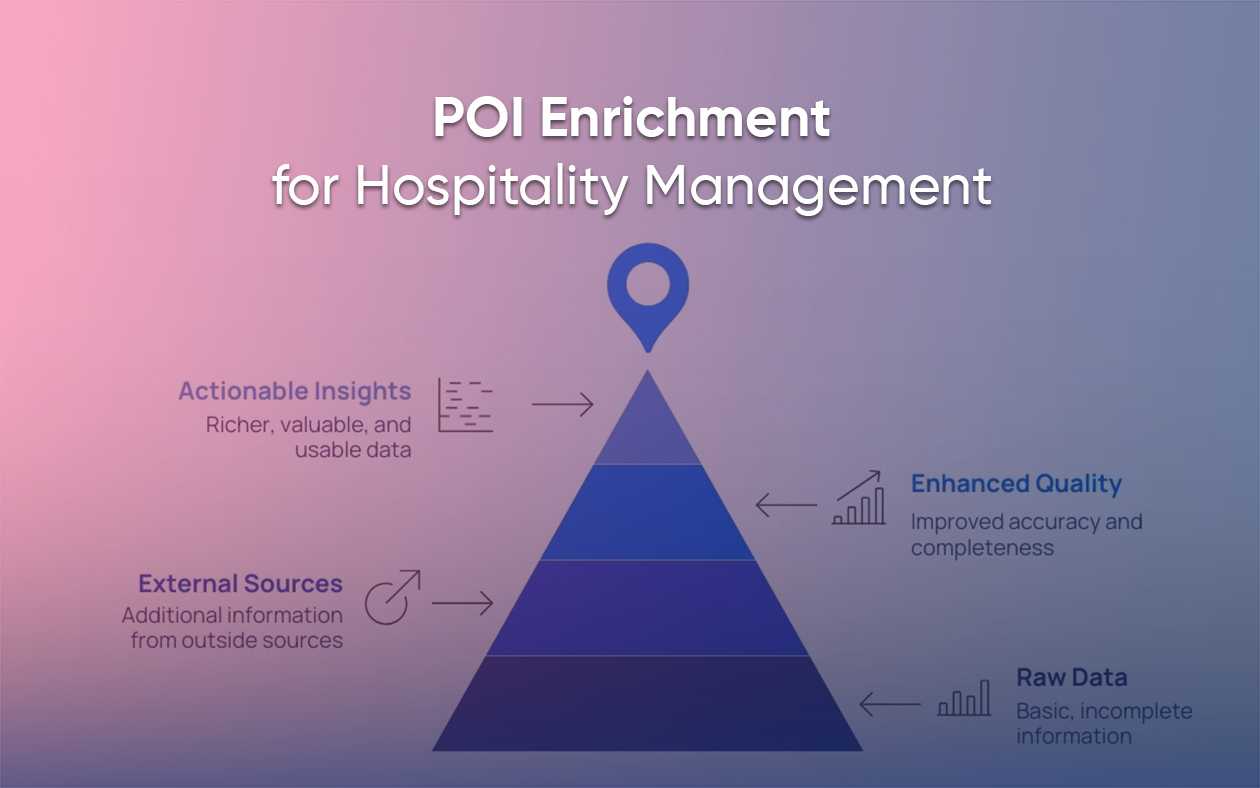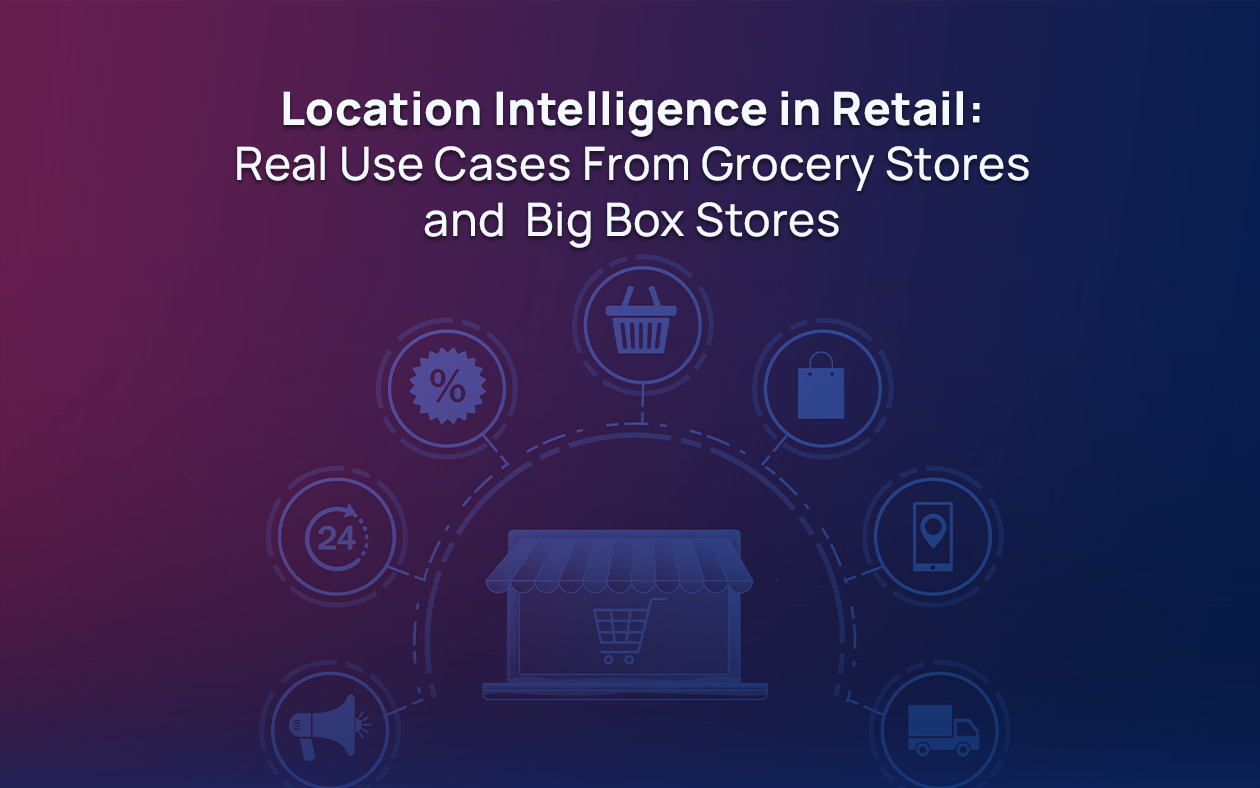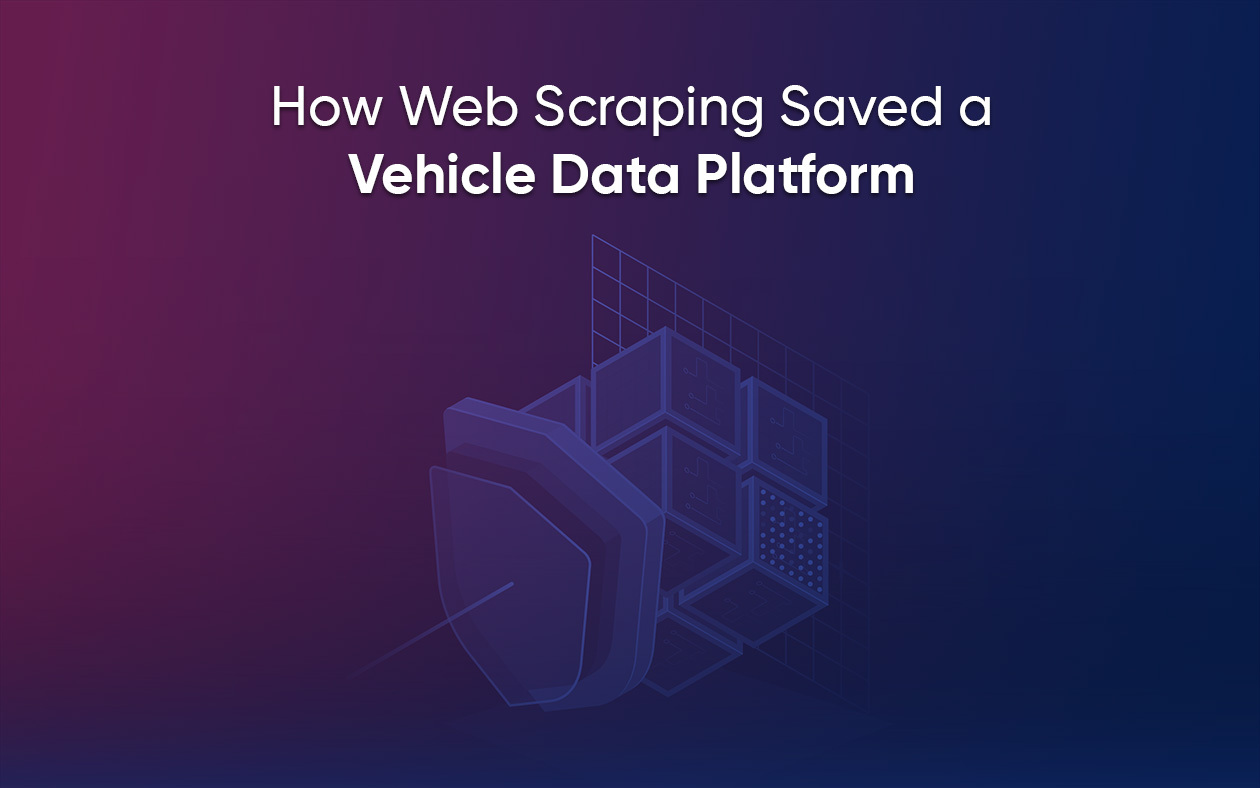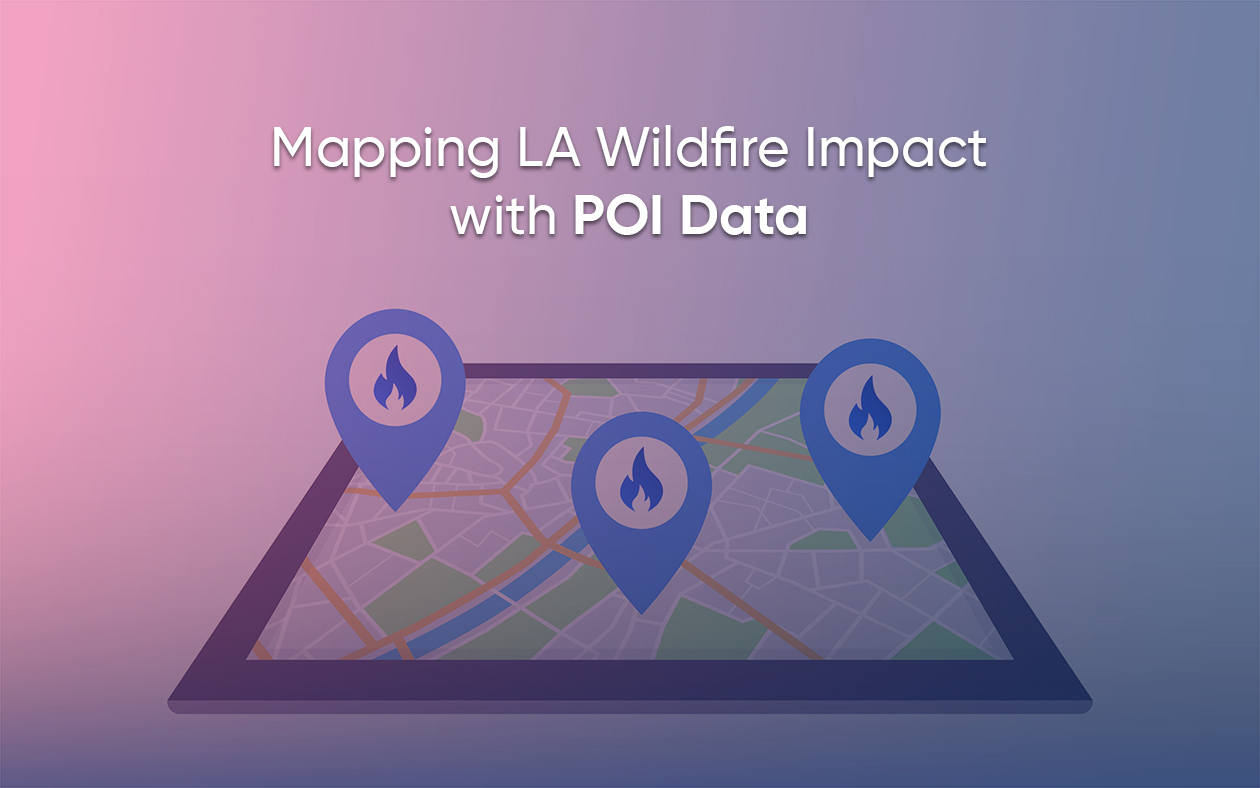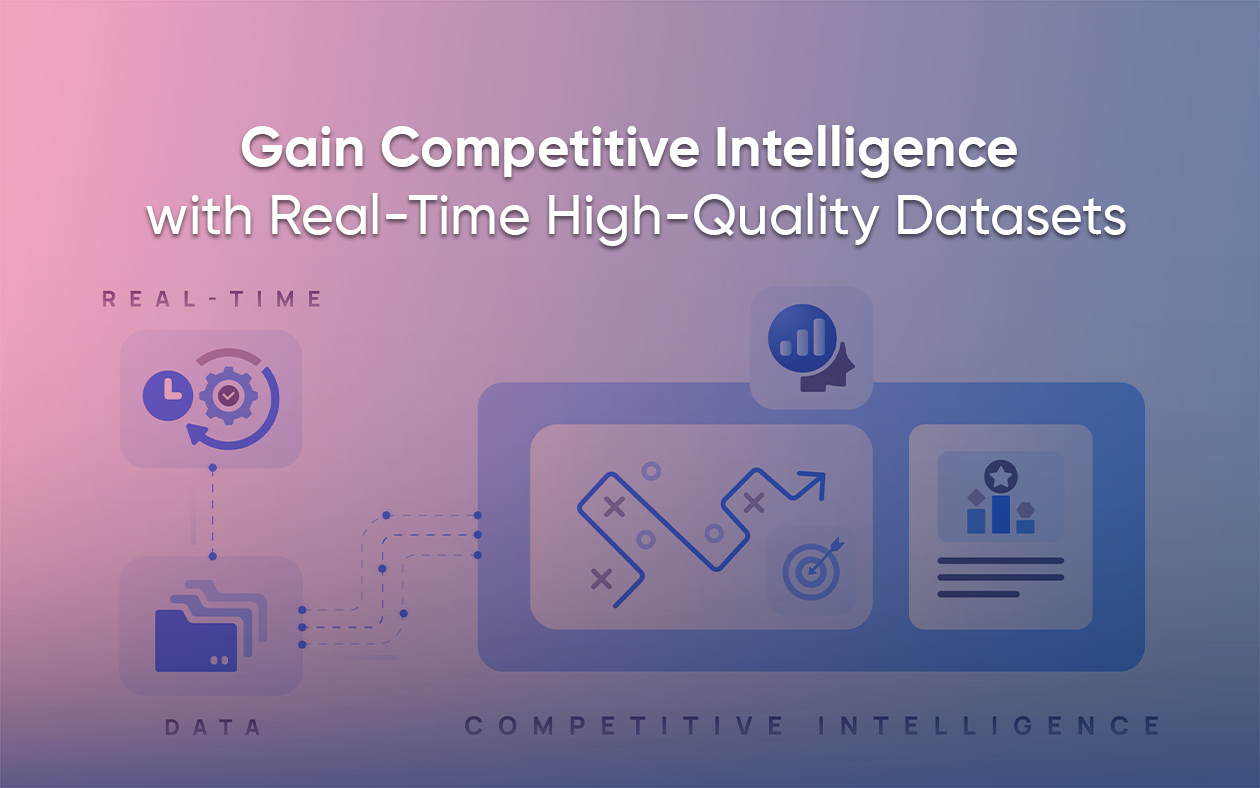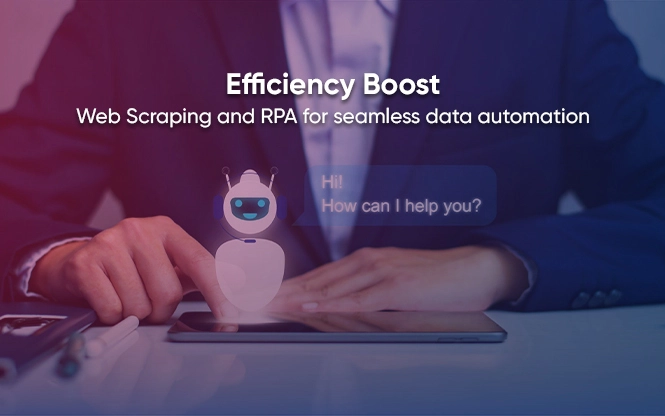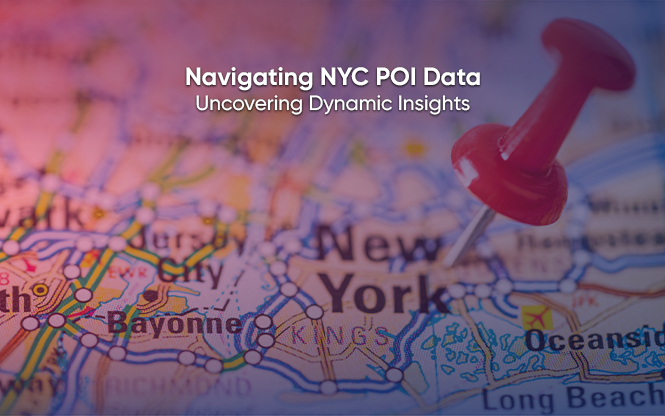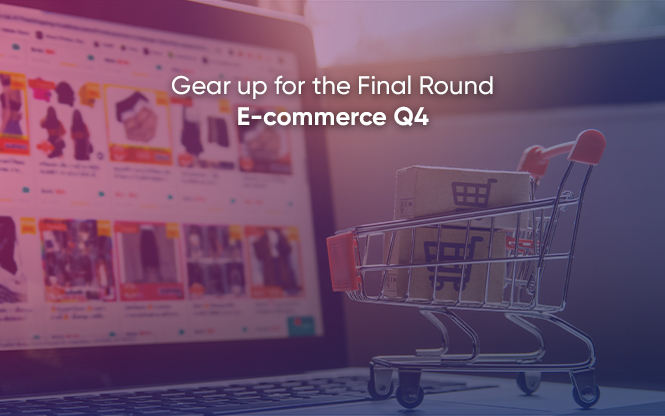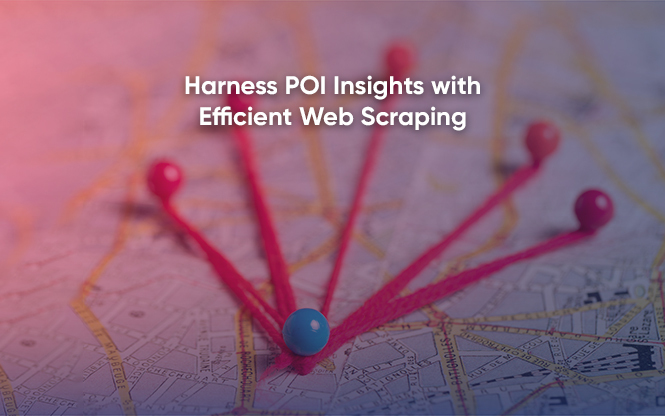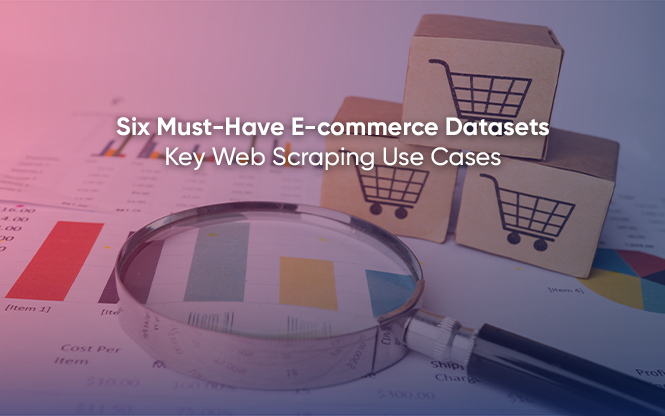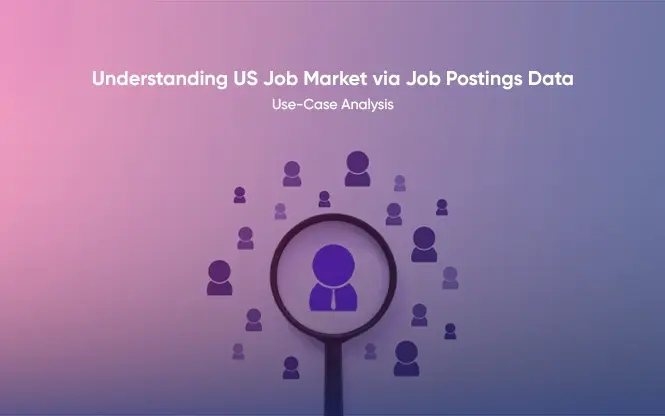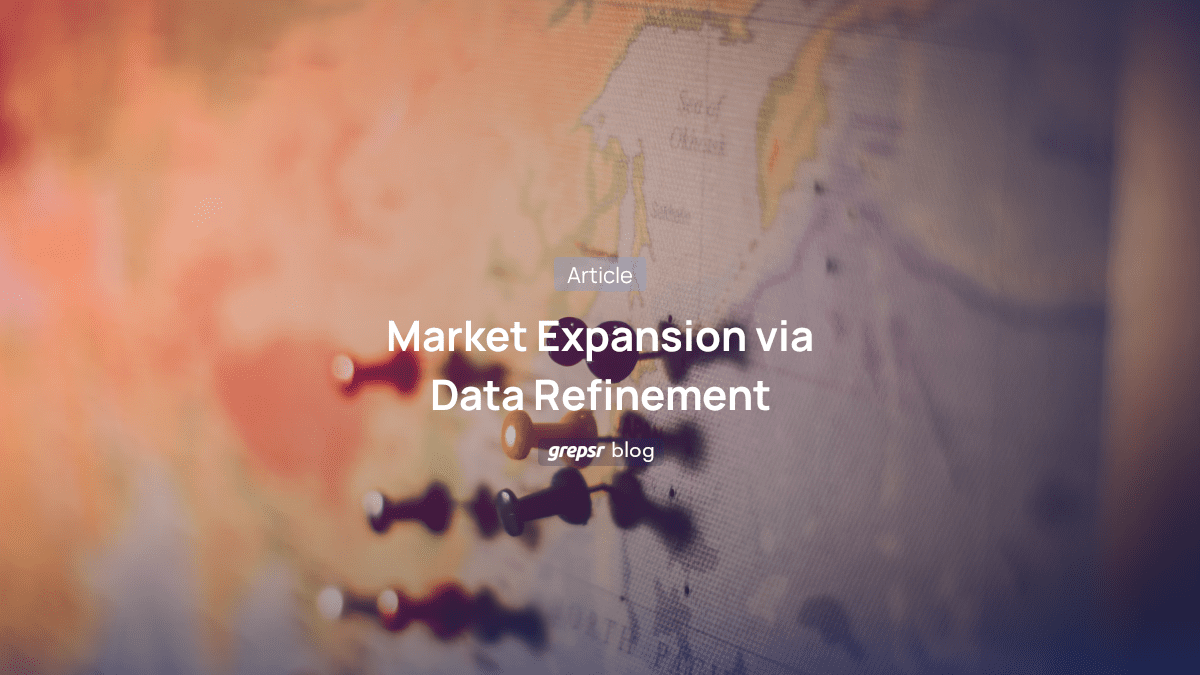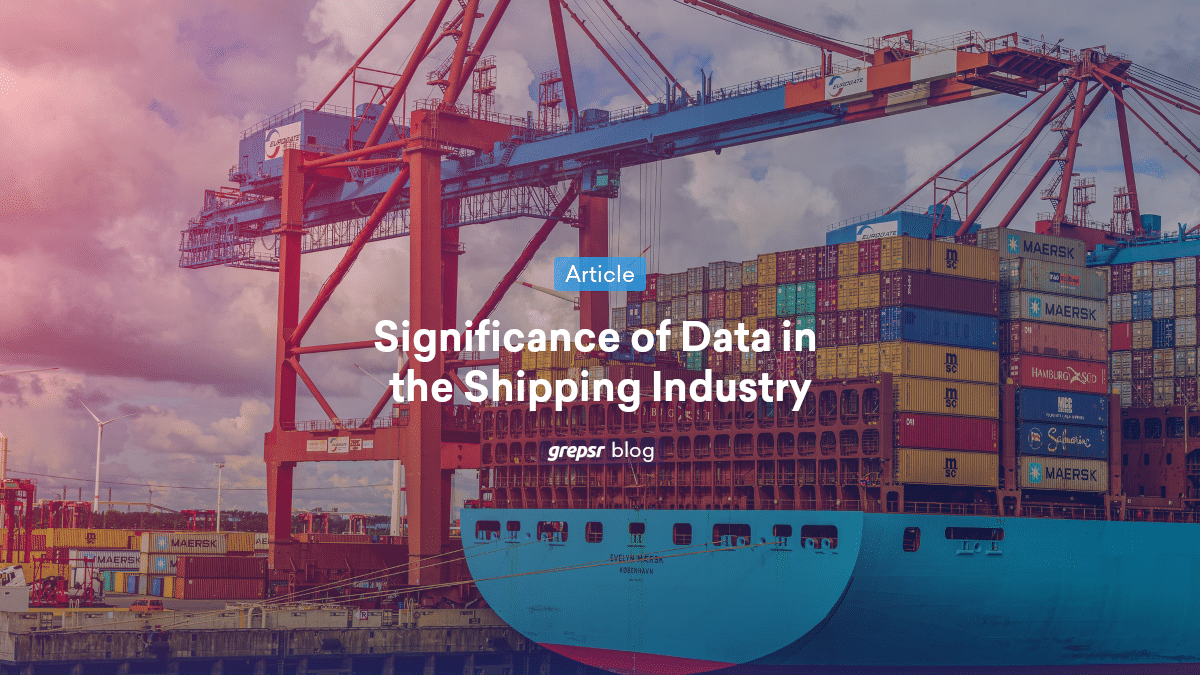
Search here
Can't find what you are looking for?
Feel free to get in touch with us for more information about our products and services.
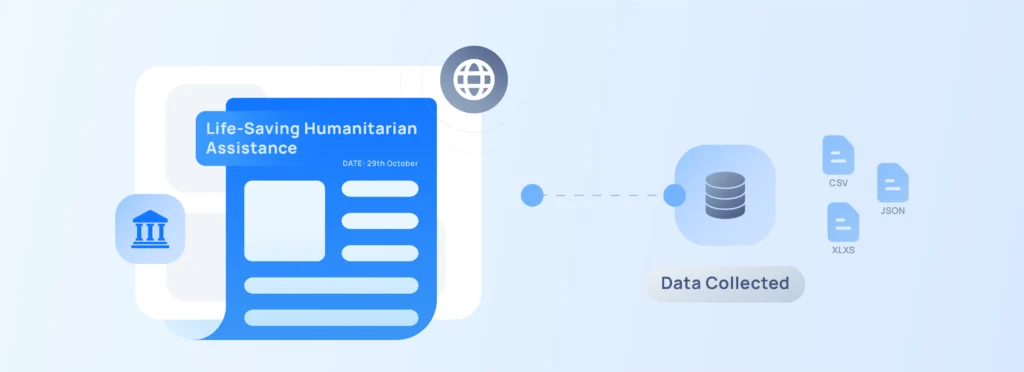
Government websites and official press releases are goldmines for ESG (Environmental, Social, Governance) intelligence. Every update – whether it’s a new regulation, policy amendment, or court directive can shape how ESG advisory firms advise their clients.
Yet, these updates are scattered across hundreds of government portals, each with its own format, language, and publishing schedule. For international ESG consulting firms, manually monitoring and extracting relevant articles from these sources isn’t just tedious – it’s operationally unsustainable.
That’s where Grepsr steps in. By automating article extraction at scale, we help teams stay informed about regulatory developments in real time.
This is a case study of how a global ESG consulting firm needed to automate the extraction of regulatory articles from hundreds of government websites and how they turned to Grepsr. Leveraging our large-scale web scraping infrastructure and AI-driven qualification system, we transformed their manual monitoring process into a fast, consistent, and scalable operation.

Client Background
The client is a top international ESG consulting firm headquartered in the UK with a presence across multiple jurisdictions. Their practice requires continuous monitoring of government websites, regulatory bodies, and official press release channels to track environmental, social and regulatory developments that could impact their clients’ operations.
The firm came to us with a pressing challenge: they were manually tracking hundreds of government websites across different countries, which was time-consuming, expensive, and difficult to scale.
They needed an automated solution that could collect this information and intelligently filter and qualify articles based on their relevance to specific ESG developments and client interests.
Their Data Requirements
Before we dive into how we jumped in with our large-scale web scraping expertise, let’s go through what they were exactly looking for.
Source Coverage
- More than 200 government websites across multiple countries, including Canada, South Africa, India, and other jurisdictions
- Focus on official press release sections and news pages from regulatory bodies
- Native language extraction capability for each source
Data Fields to Extract
The data fields they wanted us to extract included: Article Title, Full Content, Date of Publishing, Website URL, Direct Article Link and the Language of Publication.
Intelligent Filtering & Qualification
The client required more than raw article collection – they needed a smart layer that could identify what truly mattered.
Our system was designed to automatically detect relevance based on predefined criteria, distinguishing impactful updates from general news.
Each article underwent a structured evaluation process to determine its significance and extract key contextual details for downstream analysis.
Keyword Matching
- Multi-language keyword tagging based on client-provided lists
- Articles without keyword matches to be excluded from AI qualification
- Matched keywords to be captured in the dataset
Delivery Requirements
- Frequency: Bi-weekly or weekly scraping cycles
- Format: Structured CSV files
- Channels: Automated email delivery and S3 bucket upload
- Volume: Approximately 116,000 articles per month across all sources
The international ESG consulting firm emphasized the need for consistency, accuracy, and scalability. These are qualities that their manual process could no longer reliably deliver.
The Challenges
Initially, we felt that this project was equal to a walk in the park because we already had prior experience with a similar case of article extraction. However, we were met with unforeseen challenges.
Data collection complexity
This project was especially challenging because we were extracting data from 200 different government websites in different countries, where each site has its own unique structure, content management system and publishing format.
They were not standard at all for easy extraction, some were using modern web frameworks like JavaScript-rendered content, whereas others relied on legacy systems like static HTML sites.
Language barriers
Government websites publish content in their native languages, requiring the scraping system to handle multi-language extraction without translation at the collection stage.
This was more complex than expected, both in the extraction logic and the subsequent keyword matching process, which needed to work across different linguistic contexts.
Volume vs Relevance
Another problem was the sheer volume of published content, with more than 500 articles per site. This meant that our system had to process approximately 135,000 articles monthly.
However, based on our POC findings, only a small fraction of the articles were relevant to ESG for AI qualification. The main challenge was efficiently filtering this massive dataset to identify the content that truly mattered.
Quality and consistency
Previously, manual monitoring had resulted in inconsistent data quality.
The articles were sometimes missed, qualification criteria were applied subjectively, and there was no systematic way to track confidence levels in assessments.
The client needed a solution that could deliver consistent, auditable results with clear reasoning for each qualification decision.
Operational Cost
The existing manual process was extremely resource-intensive. Our teams spent significant time visiting websites, reading through articles, and making qualification decisions. This approach was expensive as well as inconsistent because the client’s article filtering needs continued to grow.
The Solution
Then the time came for us to bring all of our brains together to plan the best course of action going forward. So here’s what we did:
1. Grepsr’s Automated web scraping infrastructure
We built a robust, scalable web scraping system capable of handling the diverse government websites. The system was configured to:
- Adapt to different website structures and content management systems
- Extraction of articles with all required data fields (title, content, date, URL, direct link)
- Preserve native language content for accurate downstream processing
- Run on a bi-weekly or weekly schedule based on client preference
2. Intelligent keyword filtering
We implemented a multi-language keyword tagging system as the first qualification layer:
- Matched articles against client-provided keyword lists in multiple languages
- Automatically tagged relevant articles with matched keywords
- Filtered out non-matching articles before AI processing, significantly reducing processing costs and time
- Stored all matched keywords in a dedicated column for reference
3. Grepsr’s AI-Powered Qualification with Human-in-the-Loop
The core innovation was our AI qualification layer, which evaluated each keyword-matched article with client requirements.
We designed to automatically assess and categorize collected articles based on their relevance and potential impact. The framework combined automated analysis with selective human oversight to ensure precision, context awareness, and consistency.
So, this hybrid approach enabled the client to focus only on developments that truly mattered, backed by structured insights for faster decision-making.
4. Proof of Concept with Grepsr’s Validation Framework
Before full deployment, we conducted a rigorous POC with just a few sites first:
- Collected and processed about 2,000 articles across multiple locations
- It demonstrated that only a fraction of articles warranted an AI qualification
- Later, we validated the accuracy and reliability of our AI model
- Finally, we fine-tuned the system based on real-world performance
5. Structured Data Delivery
We established automated delivery channels to ensure seamless integration with the client’s workflow:
- Generated structured CSV files with all extracted data, tags, and AI analysis
- Also, automated email delivery to designated recipients
- Secure upload to Microsoft SharePoint for team access and archival
- Even sent separate outputs for all collected articles and qualified articles
Final Impact
The solutions we offered were appreciated by the client, and this marked the start of a new data partnership. The automated article data extraction project resulted in countless competitive advantages for the business of the global ESG advisory firm.
A few of the highlights are:
- Dramatic Time Savings
Then, the ESG advisory firm’s team was freed from the tedious task of manually visiting hundreds of government websites and reading through irrelevant content. The intelligent filtering system reduced 135,000 monthly articles down to approximately 27,000 qualified pieces—delivering only what mattered and saving countless hours of manual review.
- Improved Decision-Making
Next, with standardized AI qualification providing confidence scores and reasoning for each article, the team could make faster, more informed decisions about which developments required immediate attention. The structured data delivery through email and SharePoint ensured the right information reached the right people at the right time.
- Competitive Advantage
By accessing real-time insights on ESG and regulations across multiple jurisdictions, the firm strengthened its advisory capabilities by staying on top of evolving global compliance.
- Scalable Foundation for Growth
Finally, the solution provided a scalable infrastructure that could easily accommodate additional jurisdictions or sources as the firm’s practice expanded, without proportional increases in manual effort or operational burden.
Build your competitive edge in ESG intelligence.
Let Grepsr transform scattered regulatory updates into strategic foresight to power your ESG consulting.



